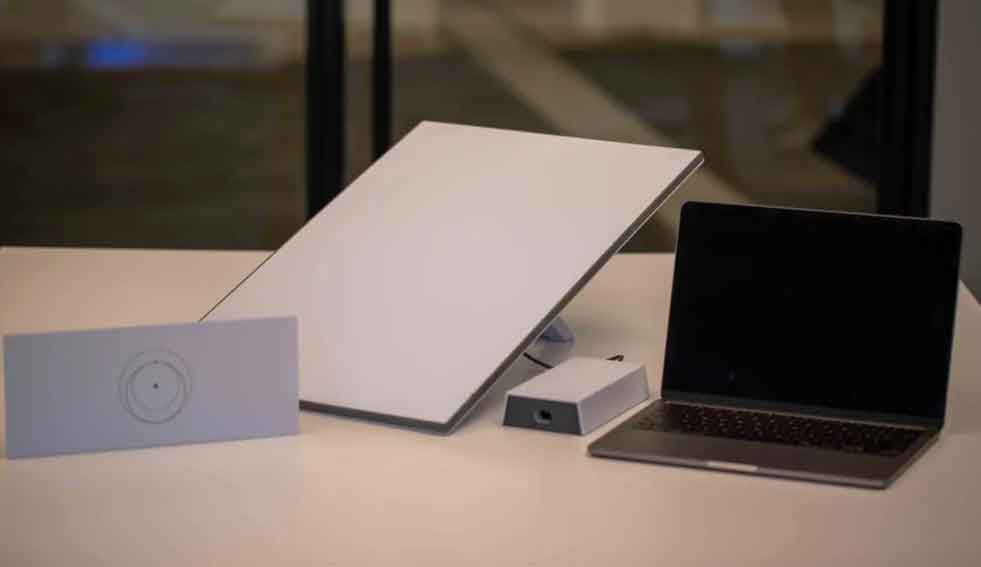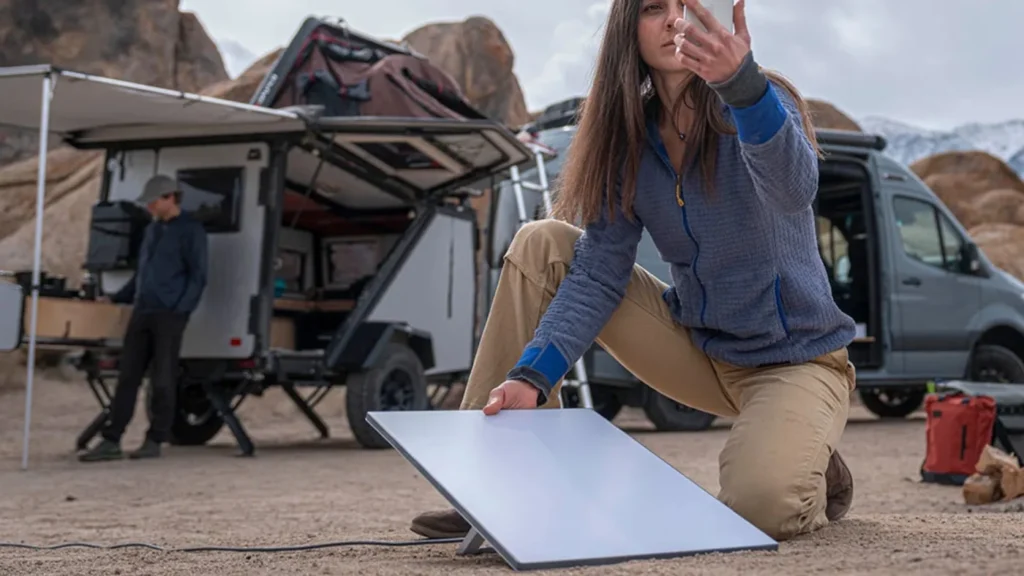Simplifying Internet & Tech Support for You
We operate as an independent third-party service provider and are not affiliated with Starlink, SpaceX, or any other satellite internet brand. All product names, logos, and trademarks are the property of their respective owners.
Whether you’re setting up your equipment for the first time or facing connectivity issues, our experienced team is here to assist with reliable, customer-focused service.


Order Satellite Internet Hardware – No Contracts Required
Enjoy high-speed satellite internet with unlimited data and no contracts – a great solution for users needing flexibility and performance
We are trusted by over 1000+ companies








We will help your business grow
Residential Internet
Starlink Residential is SpaceX’s satellite-based internet service designed for fixed locations like homes, cabins, and small offices. It delivers high-speed, low-latency broadband in urban, suburban, and especially rural or underserved areas where fiber or cable internet isn’t available.
Roam Internet
Starlink Roam (formerly Starlink for RV) is a portable satellite internet plan designed for travelers, nomads, boaters, and anyone who needs internet on the move. Unlike Residential, it’s not locked to one location — you can use it anywhere in your service area, including across countries (with the Global plan).
Starlink for Businesses
Starlink Business is designed for companies, organizations, and high-demand users who need fast, reliable, and priority internet connectivity — even in remote or disaster-prone areas where fiber or cable isn’t available.
Personalized Alerts and Notifications
Personalized alerts help you monitor, manage, and optimize your Starlink service by keeping you updated in real-time about important events, performance changes, or account activity.
Specialised Skilled Technicians
Specialised skilled technicians are trained professionals who handle everything from installation and setup to troubleshooting and advanced repairs of Starlink systems. They ensure your satellite internet is installed correctly, optimized for performance, and maintained for long-term reliability.
Get a High Speed internet Anywhere in the World

Stay connected no matter where life takes you — from remote mountain cabins to the open sea. Starlink delivers lightning-fast internet with global coverage, low latency, and simple setup. Perfect for travelers, businesses, and anyone who refuses to be offline.
I can also make you a short promotional blurb or ad copy for this if you want it to sound more persuasive and professional.
How to Install a Starlink Satellite Dish on Your Home

Unbox Your Starlink Kit
Inside, you’ll find:
Starlink dish (also called “Dishy”)
Mounting base
Power supply & cables
Wi-Fi router
Check all parts for damage before starting.
Choose the Best Location
Pick a spot with a clear view of the sky (no trees, buildings, or obstructions).
Ideally, mount it on your roof, high pole, or open yard.
Use the Starlink app to check for obstructions before installation.
Assemble the Dish
Connect the dish to its mounting base.
Plug the dish cable into the port on the dish
Mount the Dish
Option A – Ground Mount: Place it on level ground with the included base.
Option B – Roof Mount: Use a Starlink roof mount or J-mount for better signal.
Secure the mount with roof screws or brackets.
Make sure the dish is stable and won’t be moved by wind.
Connect the Cables
Run the dish cable into your home (use the provided drill template if drilling through walls).
Connect the dish cable to the Starlink router.
Plug the router into the power supply and a wall outlet.
Power Up & Configure
The dish will automatically orient itself toward satellites.
Open the Starlink app (available on iOS/Android).
Follow on-screen steps to set your Wi-Fi network name and password.
Test Your Connection
Use the Starlink app to check signal strength and internet speed.
If speeds are low, recheck for obstructions or adjust placement.
Tips for Best Performance
Avoid running the cable near heavy electrical wiring.
In snowy areas, keep the dish clear — it has built-in heating to melt snow.
Secure cables to prevent tripping or weather damage.
How does satellite internet work?
Satellite internet works by sending your internet data to space and back — in less time than it takes to blink — using a network of satellites, ground stations, and user terminals. Here’s the step-by-step process, focusing on how systems like Starlink differ from older satellite internet:
The Main Components
User Terminal (Dish)
The satellite dish or flat phased-array antenna at your home, vehicle, or ship.
Sends and receives radio signals to/from satellites.
Satellite(s)
Act like giant “mirrors” in the sky, relaying data between you and the internet.
Two main types:
Geostationary Orbit (GEO) – ~35,786 km above Earth. Fixed in the sky, slower (~600 ms latency).
Low Earth Orbit (LEO) – ~550 km above Earth (like Starlink). Much faster (~20–50 ms latency).
Ground Stations (Gateways)
Located on Earth and connected to high-speed fiber networks.
Send internet traffic up to the satellites and receive it back.
How Data Travels
Request from Your Device
You click a link or open a video. Your device sends a data request via your home router to the dish.
Up to the Satellite
The dish sends the request to the nearest satellite overhead using high-frequency radio waves (Ka-band, Ku-band, or sometimes V-band).
Down to a Ground Station
The satellite relays the request to a nearby ground station connected to the fiber backbone of the internet.
Out to the Internet
The ground station sends the request through regular internet infrastructure to the website’s server.
Return Path
The website’s server sends data back to the ground station → satellite → your dish → your router → your device.
LEO vs GEO Differences
| Feature | GEO Satellite Internet | LEO Satellite Internet (Starlink, OneWeb) |
|---|---|---|
| Altitude | ~35,786 km | ~500–1,200 km |
| Latency | ~600–800 ms | ~20–50 ms |
| Speed | 12–150 Mbps | 50–250 Mbps+ |
| Coverage | 1–3 satellites for entire Earth region | Hundreds to thousands for global coverage |
| Reliability in bad weather | More susceptible | Less affected, but still possible rain fade |
Starlink’s Extra Tricks
Massive Constellation – 6,000+ satellites (as of 2025) for nearly continuous coverage.
Phased-Array Antennas – Steer beams electronically instead of mechanically, allowing instant switching between satellites.
Laser Links Between Satellites – Data can hop from satellite to satellite in space without touching the ground, making it possible to connect places far from fiber networks.
Pros and Cons
Advantages
Works almost anywhere on Earth.
No need for cables or fiber infrastructure.
Speeds now rival mid-tier broadband in many areas.
Limitations
Requires a clear view of the sky.
Weather (heavy rain/snow) can still affect performance.
More expensive hardware than wired connections.
If you’d like, I can make you a simple diagram showing how the data travels for both old GEO satellites and modern LEO systems like Starlink. It makes the difference much clearer.